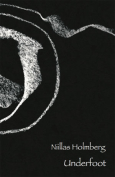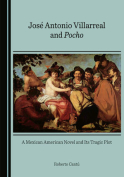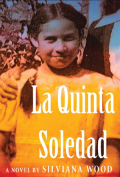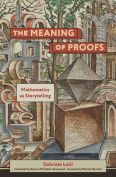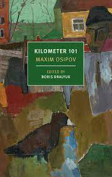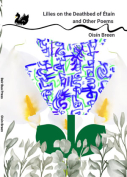La Quinta Soledad by Silviana Wood
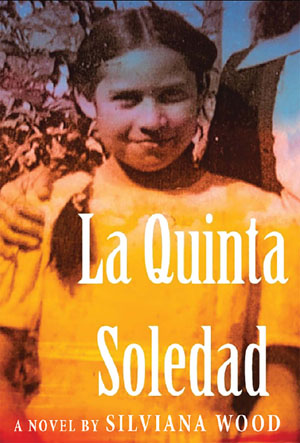 San Antonio, Texas. Aztlan Libre Press. 2022. 618 pages.
San Antonio, Texas. Aztlan Libre Press. 2022. 618 pages.
This debut novel is not for the faint of heart nor for the linguistically challenged. Part fiction, part memoir, and full of photographic and cinematic flair, the novel recounts the life of Quinta Soledad del Valle, a self-described barrio “scribe” and aspiring writer who at the age of sixty-two works as a neighborhood typist for Barrio Anita in Tucson, Arizona. Told in two parts and forty-three chapters, with a prologue and epilogue dated Saturday, October 4, 2003, the novel covers six decades of family history in six-hundred-plus pages and within the span of a day. With attention to the bilingual and even trilingual function of language and storytelling, Quinta Soledad joins a list of Chicana protagonists who bend the rules and come of age on their own terms but within a testy grandmother’s worldview. Yet Quinta’s age distinguishes this coming-of-age story with a mature and even demented perspective of time, giving this debut novel a unique sensibility for our time.
The plot turns on the birth and feast day of San Francisco, patron saint of Magdalena de Kino, Sonora, Mexico, and the birthplace of Quinta’s mother, María Dolores (Lola), and grandmother, Nana Conchita. Quinta has just returned from Magdalena on the feast day of San Francisco when the novel opens, revealing the end from the start and upending plot conventions with a deliberate mix of language, time, and perspective. The plot turns on a raucous family road trip to Lola’s birthplace, though this part of the story unfolds late in part 2 and only after we learn some of Quinta’s colorful but painful past. In part 1, Nana Conchita instructs Quinta on the importance of visiting San Francisco on his feast day to fulfill a manda (promise). Quinta tells her family history, replete with her sharp-tongued grandmother, philandering mother, and four flower-named sisters, all from different men, including Orquídea (Orky), Dahlia (Dolly), María Azucena (Susie Mae), and Magnolia (Maggie). As the fifth and youngest sister, Quinta struggles with the memory of her first eight years in Tucson, and she spends the next four years with her Nina Josie in California before returning to Tucson in 1952 at her grandmother’s doorstep. The main memory that haunts Quinta’s dreams lies deeply buried in her past and follows her like an espanto (spook or ghost) until it fully surfaces in Mexico.
The novel crosses languages, borders, and generations in familiar but epic ways that shed light on cross-generational single mothers and the modern realities of memory loss. Lola is ninety years old and suffering from dementia, a character feature that becomes metaphoric for the novel’s memory work unfolding like a desert blossom, stunning yet reticent. Much like Lola, Quinta struggles with memory and making sense of the trauma in her crooked life. The life story comes in pieces and through the interdependent lives of women whose jagged edges form a family saga of perseverance and laughter, even in the face of tragedy and loss. Photographs become storytelling devices that store Quinta’s precious (oro molido) memories and channel the novel’s complex memory work. Select chapters append “Updates” that read much like news flashes and signal an ongoing story saga about the del Valle family and Barrio Anita, making a grandmother of a novel that requires patience, perseverance, and linguistic dexterity.
In the end, Wood delivers a heartwarming story about a female-centered family we come to know affectionately and in snippets of the past, much like in a family photo album with the collective force of memory in the present.
Melina V. Vizcaíno-Alemán
University of New Mexico

